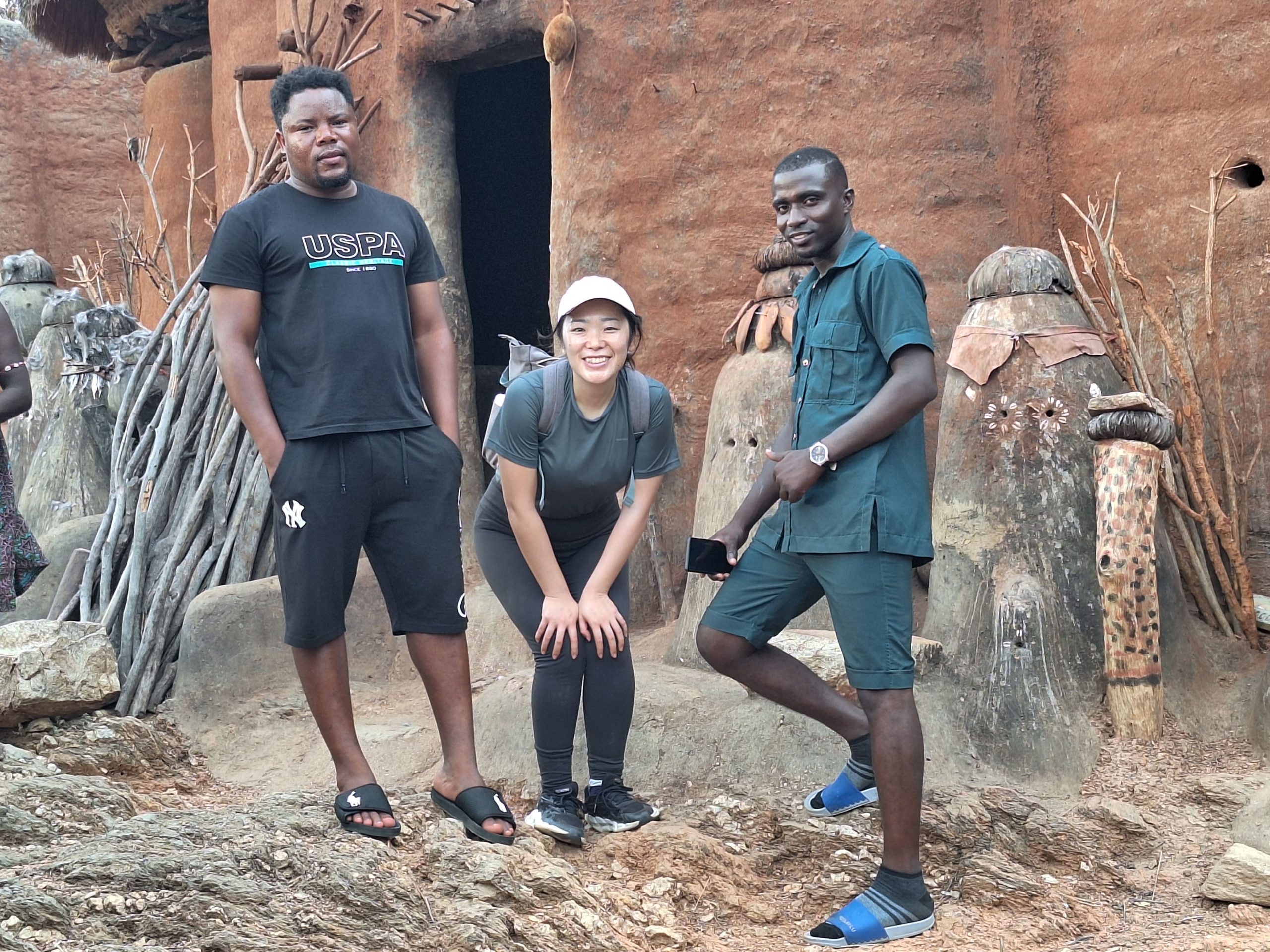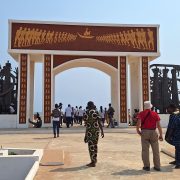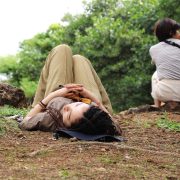
Koutammakou, the Land of the Batammariba: Togo’s Living Cultural Landscape.
Introduction: Step Into the Soul of Northern Togo
Hidden in the heart of northern Togo, near the border with Benin, lies Koutammakou, a breathtaking cultural landscape known as the Land of the Batammariba. Recognized as a UNESCO World Heritage Site in Togo in 2004, this unique region is home to one of the most iconic examples of African tribal architecture — the towering, fortress-like mud houses called Takienta.
For travelers seeking more than just scenic beauty, Koutammakou offers a deep dive into living tradition, spiritual connection to the land, and the resilience of a people rooted in centuries-old customs.
Who Are the Batammariba?
The Batammariba people, also known as the Tammari or Somba, are a proud and independent ethnic group native to this region. Their name, loosely translated, means “those who build the earth” — a fitting tribute to their architectural genius and deep spiritual relationship with nature.
They are known for:
- Their distinctive mud-tower homes
- A society rooted in community values and ancestral worship
- Rich rituals, initiation ceremonies, and oral traditions
The Iconic Takienta: More Than Just a Home
One of the highlights of visiting Koutammakou is witnessing the takienta, the traditional two-story clay dwellings that blend form, function, and spiritual symbolism. Shaped like mini fortresses with conical roofs and small towers, these homes serve as:
- Living spaces for extended families
- Spiritual sanctuaries for rituals
- Defensive structures, historically used for protection
Each takienta is custom-built by the family, using earth, water, straw, and wood, reflecting their close connection to nature. The layout often mirrors the Batammariba worldview — a universe where the spirit world and physical world coexist.
Why Koutammakou is a UNESCO World Heritage Site
Koutammakou was designated by UNESCO not only for its exceptional vernacular architecture, but because it represents a living cultural tradition. Unlike archaeological sites, the Batammariba are still actively building, maintaining, and living within these traditional structures — preserving their intangible heritage in daily life.
This cultural landscape spans about 50,000 hectares, and includes sacred forests, ceremonial sites, and traditional farmlands, all intertwined with Batammariba cosmology.
Things to Do in Koutammakou
If you are planning a visit to Togo, here’s what to do in Koutammakou:
1. Guided Village Tours
Explore several Batammariba villages, guided by locals who explain the symbolism behind the architecture and community rituals.
2. Cultural Performances
Witness traditional dances, music, and storytelling that bring ancestral legends to life.
3. Hiking & Nature Walks
The region’s rolling hills and baobab-dotted landscapes offer beautiful routes for eco-tourism and photography.
Responsible Travel Tips
- Hire a local guide to ensure respectful, informed visits
- Always ask permission before photographing people or homes
- Avoid entering sacred spaces unless invited
- Buy crafts directly from artisans to support the local economy
How to Get to Koutammakou, Togo
Koutammakou is accessible via the town of Kara, located in northern Togo. From Lomé, the capital, it takes about 7–8 hours by car. It’s best to book a 2-day tour to visit Koutammakou for a comfortable and culturally immersive journey.
Nearby border crossings also allow access from Benin, particularly from Natitingou, making it a great addition to multi-country West Africa tours.
Final Thoughts: Why Koutammakou Belongs on Your West Africa Bucket List
Koutammakou is not just a place — it’s a living museum of humanity’s relationship with the earth. It’s where architecture becomes identity, and where time slows down to honor tradition.
For travelers looking for authentic cultural experiences in West Africa, a visit to the Land of the Batammariba offers more than sightseeing — it offers a window into a worldview that respects the earth, ancestors, and community above all.
📌 Travel Tip:
Looking to explore Koutammakou and other hidden gems in Togo? Hire a private car and local driver-guide for a safe, flexible, and enriching journey across the region.
Recent Posts
Explore Benin with a Private Car & Driver: Comfort, Culture, and Adventure
Top Shore Excursions in Lomé: Best Things to Do During Your Cruise Stop Shore excursions.
Togo Private Tours with local guide
All Categories

Mount Agou




